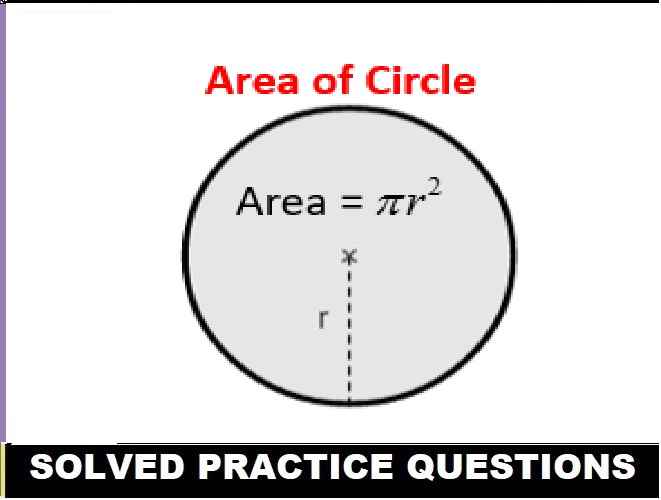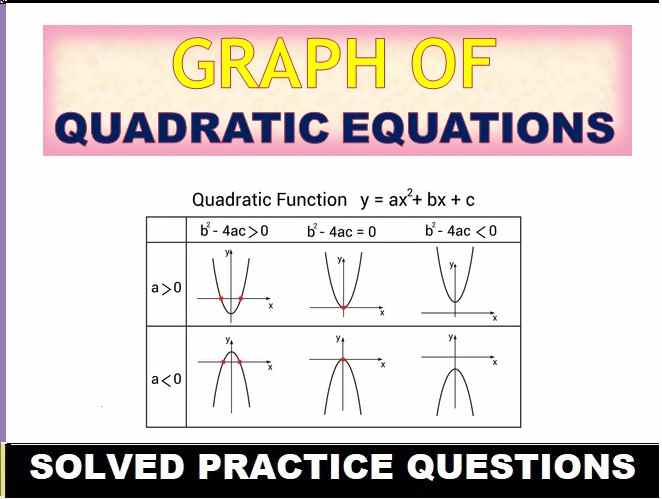Motion in One Dimension Exe-2A Some Terms Related to Motion Short Answer Type Questions for Class-9 ICSE Concise Selina Physics Solutions. There is the solutions of Short Answer Type Questions of your latest textbook which is applicable in 2025-26 academic session. Visit official Website CISCE for detail information about ICSE Board Class-9.
Motion in One Dimension Exe-2A Some Terms Related to Motion Short Answer
(ICSE Class – 9 Physics Concise Selina Publishers)
| Board | ICSE |
| Class | 9 |
| Subject | Physics |
| Writer / Publication | Concise selina Publishers |
| Chapter-2 | Motion in One Dimension |
| Exe – 2 A | Some Terms Related to Motion |
| Topics | Solution of Exe-2(A) Short Answer Type |
| Academic Session | 2025-2026 |
Note : There is answer key of Ch-2 Motion in one dimension problems and solutions with formula.woksheet answer of some term related to motions in pdf.
Exe-2A Some Terms Related to Motion Short Answer Type
Ch-2 Motion in One Dimension Physics Class-9 ICSE Concise Selina Publishers “Answer key”
Page 38
Que-1: Differentiate between the scalar and vector quantities, giving two examples of each.
Ans: Differentiate between the scalar and vector quantities
| Scalar | Vector |
| expressed only by their magnitudes. | expressed by magnitude as well as direction. |
| can be added, subtracted, multiplied or divided by simple arithmetic methods. | can be added, subtracted or multiplied following a different algebra. |
| are symbolically written by English letter. | are symbolically written by their English letter with an arrow on top of the letter. |
| Example: mass, speed | Example: force, velocity |
Que-2: Both scalar and vector quantities can be added, subtracted, multiplied and divided by simple arithmetic methods. Is this statement correct? Give a reason for your answer.
Ans: No, the statement is not correct. Scalar quantities can be added, subtracted, multiplied and divided by simple arithmetic methods however vector quantities follow different algebra for their addition, subtraction and multiplication as they have magnitude as well as direction.
Que-3: Differentiate between the following
(a) distance and displacement.
(b) speed and velocity.
(c) uniform velocity and variable velocity.
(d) average speed and average velocity.
(e) acceleration and retardation
(f) uniform acceleration and variable acceleration.
Ans:
(a) Difference between distance and displacement.
| Distance | Displacement |
|---|---|
| It is the length of the path traversed by the object in a certain time. | the distance travelled by the object in a specified direction in a certain time (i.e. it is the shortest distance between the final and the initial positions). |
| this is a scalar quantity i.e., it has only the magnitude. | this is a vector quantity i.e., it has both magnitude and direction. |
| depends on the path followed by the object. | does not depend on the path followed by the object. |
| always positive. | can be positive or negative depending on its direction. |
(b) Difference between speed and velocity.
| Speed | Velocity |
|---|---|
| The distance travelled per second by a moving object is called its speed. | distance travelled per second by a moving object in a particular direction is called its velocity. |
| It is a scalar quantity. The speed does not tell us the direction of motion. | It is a vector quantity. The velocity tells us the speed as well as the direction of motion. |
| The speed is always positive since direction is not taken into consideration. | The velocity can be positive or negative depending upon the direction of motion. |
(c) Difference between Uniform velocity and variable velocity.
| Uniform Velocity | Variable Velocity (or non-uniform) |
|---|---|
| If a body travels equal distances in a particular direction, in equal intervals of time, the body is said to be moving with a uniform velocity. | If a body moves unequal distances in a particular direction in equal intervals of time or it moves equal distances in equal intervals of time, but its direction of motion does not remain the same, then the velocity of the body is said to be variable (non-uniform). |
| Example — A body, once started on a frictionless surface, moves with uniform velocity. | Example — The motion of a body in circular path, even with uniform speed is with variable velocity as the direction of motion of body continuously changes with time. |
(d) Difference between average speed and average velocity.
| Average Speed | Average Velocity |
|---|---|
| The ratio of the total distance travelled by the body to the total time of journey is called its average speed. | If the velocity of a body moving in a particular direction changes with time, the ratio of displacement to the time taken in the entire journey is called its average velocity. |
| Avg Speed = Total Distance/Total time | Avg Velocity = Displacement/Total |
(e) Difference between acceleration and retardation
| Acceleration | Retardation |
|---|---|
| If the velocity of a body increases with time, it is called acceleration. | If the velocity of a body decreases with time, it is called retardation. |
| As it is increase in velocity per second so it is positive acceleration. | As it is decrease in velocity per second so retardation is negative acceleration. |
(f) Difference between uniform acceleration and variable acceleration.
| Uniform Acceleration | Variable acceleration |
|---|---|
| The acceleration is said to be uniform (or constant) when equal changes in velocity take place in equal intervals of time. | If changes in velocity are not same in the same intervals of time, the acceleration is said to be variable. |
| Example — The motion of a body under gravity (e.g., free fall of a body) | Example — The motion of a vehicle on a crowded (or hilly) road. |
Que-4: Can displacement be zero even if the distance is not zero? Give one example to explain your answer.
Ans: Yes, displacement can be zero even if the distance is not zero.
For example, when a body is thrown vertically upwards from a point A on the ground, after sometime it comes back to the same point A. Then, the displacement is zero, but the distance travelled by the body is not zero (it is 2h; h is the maximum height attained by the body).
Que-5: Give an example of the motion of a body moving with a constant speed but with a variable velocity. Draw a diagram to represent such a motion.
Ans: The motion of a body in a circular path with uniform speed has a variable velocity because in the circular path, the direction of motion of the body continuously changes with time.

Que-6: Give an example of motion in which the average speed is not zero but the average velocity is zero.
Answer : If a body starts its motion from a point and comes back to the same point after a certain time, then the displacement is zero, average velocity is also zero, but the total distance traveled is not zero, and therefore, the average speed in not zero.
Que-7: Give one example of each type of following motion:
(a) Uniform velocity
(b) Variable velocity
(c) Variable acceleration
(d) Uniform retardation.
Ans:
(a) Example of uniform velocity: A body, once started, moves on a frictionless surface with uniform velocity.
(b) Example of variable velocity: A ball dropped from some height is an example of variable velocity.
(c) Example of variable acceleration: The motion of a vehicle on a crowded road is with variable acceleration.
(d) Example of uniform retardation: If a car moving with a velocity ‘v’ is brought to rest by applying brakes, then such a motion is an example of uniform retardation.
Que-8: The diagram (Fig. 2.6) below shows the pattern of the oil dripping on the road at a constant rate from a moving car. What information do you get from it about the motion of the car.

Ans: Initially as the drops are equidistant, we can say that the car is moving with a constant speed but later as the distance between the drops starts decreasing, we can say that the car slows down.
Que-9: What is the direction of velocity of an object moving in a circular path?
Ans: The direction of velocity of an object moving in a circular path is always tangent to the circle. This means that with the movement of body the velocity changes.
Page 39
Que-10: ‘The value of g remains the same at all places on the Earth’s surface’. Is this statement true? Give reason for your answer.
Ans: No. The value of ‘g’ varies from place to place. It is maximum at poles and minimum at the Equator on the surface of the Earth.
Que-11: If a stone and a pencil are dropped simultaneously in vacuum from the top of a tower, then which of the two will reach the ground first? Give reason.
Ans: In vacuum, both will reach the ground simultaneously because acceleration due to gravity is same (=g) on both objects.
— : End of Motion in One Dimension Exe-2A Some Terms Related to Motion :–
Return to Concise Selina Physics ICSE Class-9 Solutions
Thanks
Please share with your friends


